The Punic Wars were fought at a time when the widespread use of mercenaries and allied troops was an essential part of raising an army. While the Roman Republic had their mighty legions of citizen-soldiers, they would not fight alone – throughout the Punic Wars, there were always smaller states willing to fight alongside the Romans, whether for pay, diplomatic loyalty, or opposition to Carthage. The Carthaginian army, meanwhile, was made up almost entirely of mercenaries and allies (some of which can be found on the Carthaginian sprue). With this many parties involved in the wars, we decided that the best thing to do was create a complete sprue of allies, useable by both Roman and Carthaginian players – and here it is!
Let’s take a look at the diverse and varied troops included therein!
We’ll start with the two line infantry units, of which you’ll find three strips each per sprue. First up are the Celtiberians, recognisable by their small round shields with central boss. The Celtiberians were, as the name suggests, a large group of Celtic peoples living in central Iberia, whose tribes and soldiers could just as often be found fighting against Carthaginian expansion in Iberia as they could in the ranks of Hannibal’s armies. Fighting in relatively loose blocks with rather more enthusiasm than discipline, and armed with a mixture of spears and javelins, they’re a fine choice for the Carthaginian commander looking for infantrymen to bolster their ranks and take the fight to the Romans, or the Roman general wanting to disrupt Carthaginian progress in Iberia. While lightly armoured (most being protected only by helmet and caetra shield, while a few wear greaves and round bronze breastplates), they’re capable warriors, and – if you can afford to hire a few tribes – numerous to boot!
Contrasting with the Celtiberians are the Italian allied infantry – be they Oscans, Samnites, or any of the other Italian peoples not yet fully under the dominion of Rome. Their equipment belies a certain Grecian influence, as they rank up in a similar fashion to the hoplites of old, bearing large round shields and long spears, and clad in bronze helmets, breastplates, and greaves, but this slightly old-fashioned appearance doesn’t detract from their effectiveness! If you can recruit them to your cause and motivate them to fight (money and/or threat of conquest tends to work wonders here!) then you’ll have good, solid infantrymen on hand who can do a surprisingly good job against more or less any foe they might be called upon to face!
Next, we have two flavours of cavalry – five horsemen each of the Spanish and Gallic variety! The Spaniards are equipped as light horsemen in the Numidian style, and while not quite the equal of the legendary Numidians (without peer as skirmish cavalry in the era) are still an excellent addition to any force in need of mounted troops to harass the foe on the march, run off light troops, or chase down fleeing enemies as needed. Unarmoured except for a helmet and caetra, and equipped with javelins, their speed is their greatest defence, and used well they can be an absolute nightmare for an opponent to get to grips with.
The Gallic horsemen, meanwhile, are some of the finest medium-to-heavy cavalry available to either Carthage or Rome. The nobles of their fierce and warlike tribes, these are some of the original ‘big men on big horses’ in western Europe, wielding spears and long swords, clad in expensive maille armour, and hefting their instantly recognisable large shields. Dangerous when well-led, but vulnerable to wearing themselves out and getting caught in bad spots if allowed to run wild, a canny commander will hold them in reserve until the crucial moment arrives, then unleash them to their bloody work!
The new Allied Troops sprue is also packed with four different varieties of skirmishing light troops – no less than 20 figures in total – ensuring you’ll never be without screening forces for your massed infantry! We’ll begin with the famed Spanish Caetrati, who take their name from the iconic Iberian shield. Fierce fighters, eager to get stuck in with their javelins and swords, they specialise in hit-and-run skirmishing and can provide a very effective deterrent to enemy light infantry, and even pose a threat to other formations if there are enough of them! These skilled and hardy warriors are an ideal addition to any skirmish screen, particularly if you’re expecting to have to fight a particularly mobile enemy.
Joining the Caetrati are the Ligurian light infantry. These Gallic peoples from what is today northern Italy were politically divided during the Punic Wars, with some tribes declaring for Rome, while others would side with Hannibal’s Carthaginians. Equipped in the traditional Gallic fashion with oblong shields, long Gallic swords, and light spears, most of their troops were not particularly lavishly equipped, and function best as low-cost light infantry, used for screening flanks and slowing down enemy advances. On their own, they won’t win you a battle, but they have the great advantage of being cheap and available – two of the best qualities that light infantry can have!
Rounding out the skirmishers, and the contents of the sprue, are the missile troops. From the Balearic Isles come the legendary slingers, famed throughout the ancient world for their lethal prowess with one of the oldest and simplest ranged weapons in the world. Indeed, slinging is so deeply embedded in Balearic culture that it remains a popular sporting pastime to this day, giving us a good idea of just how deadly these men would have been in battle. Unarmoured, with only a small shield for protection, they’re all but helpless if caught in a melee, but if you can harness their mobility to keep them out of harm’s way, they’ll rain absolute death into your enemy’s ranks all day long!
Finally, we have the Numidian archers with bows. Unarmoured but mobile, these hardy North Africans lack the dazzling reputation of their mounted brethren, but make up for this lack of recognition with quiet effectiveness. Sometimes you just need some useful types with bows to make a nuisance of themselves between your battleline and your foe’s, keeping their opposite numbers busy and harassing enemy infantry where they can – these Numidians are absolutely perfect for this, and provided, as with all skirmishers, you can keep them well away from enemy cavalry, you might well be surprised at just how effective they can be!
That brings us to the end of the sprue – but there is one thing to note! There are two different versions included in the Hannibal battleset – one grey for the Romans, and one tan for the Carthaginians. In all other regards, they’re identical, so if you want one force to have more allies than the other, you can use whichever colour you like!
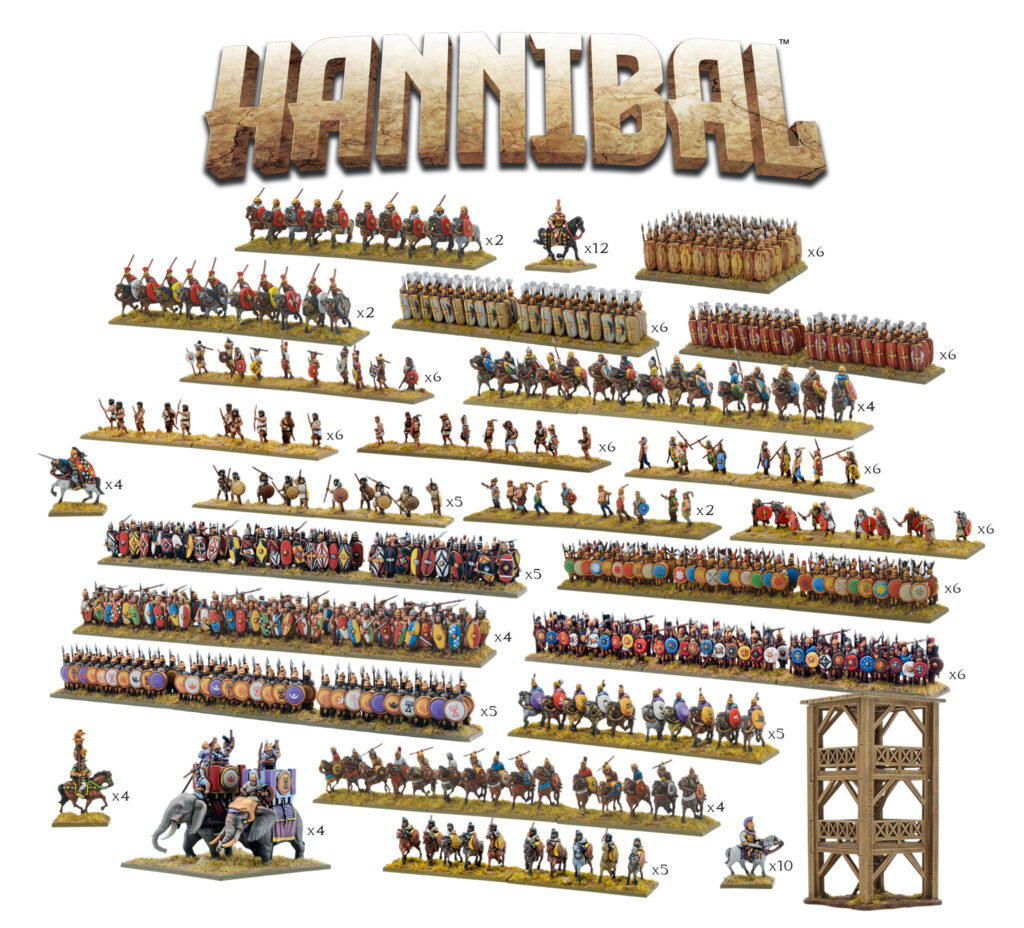
Go forth and recruit, for the Republic or the glory of Carthage, or even utilise the Allied Troops Division boxed set to amass your very own mercenary horde, ready to fight for the highest bidder at your local club!
Allied Troops Division
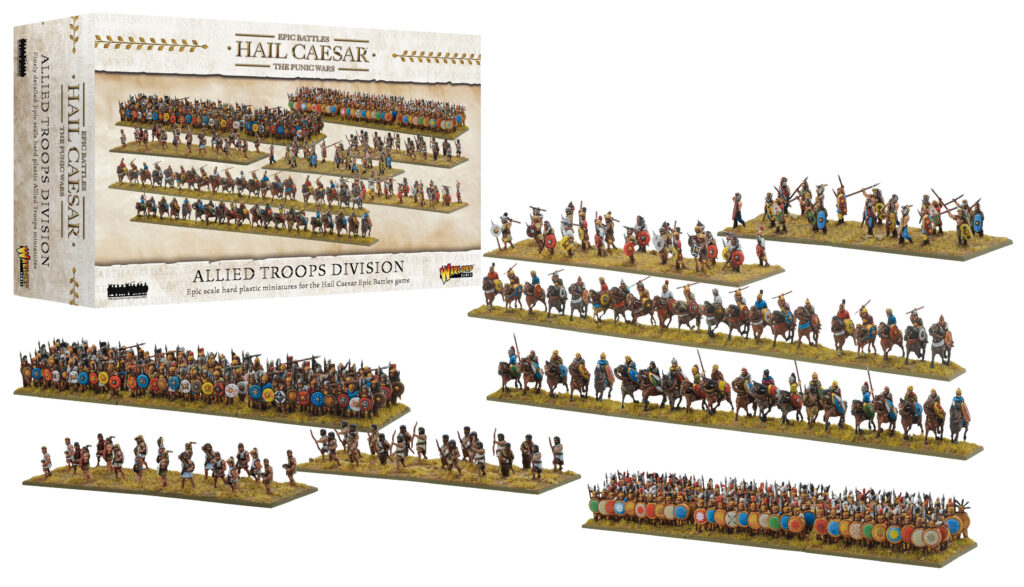
Scipio Africanus’
Roman Legions
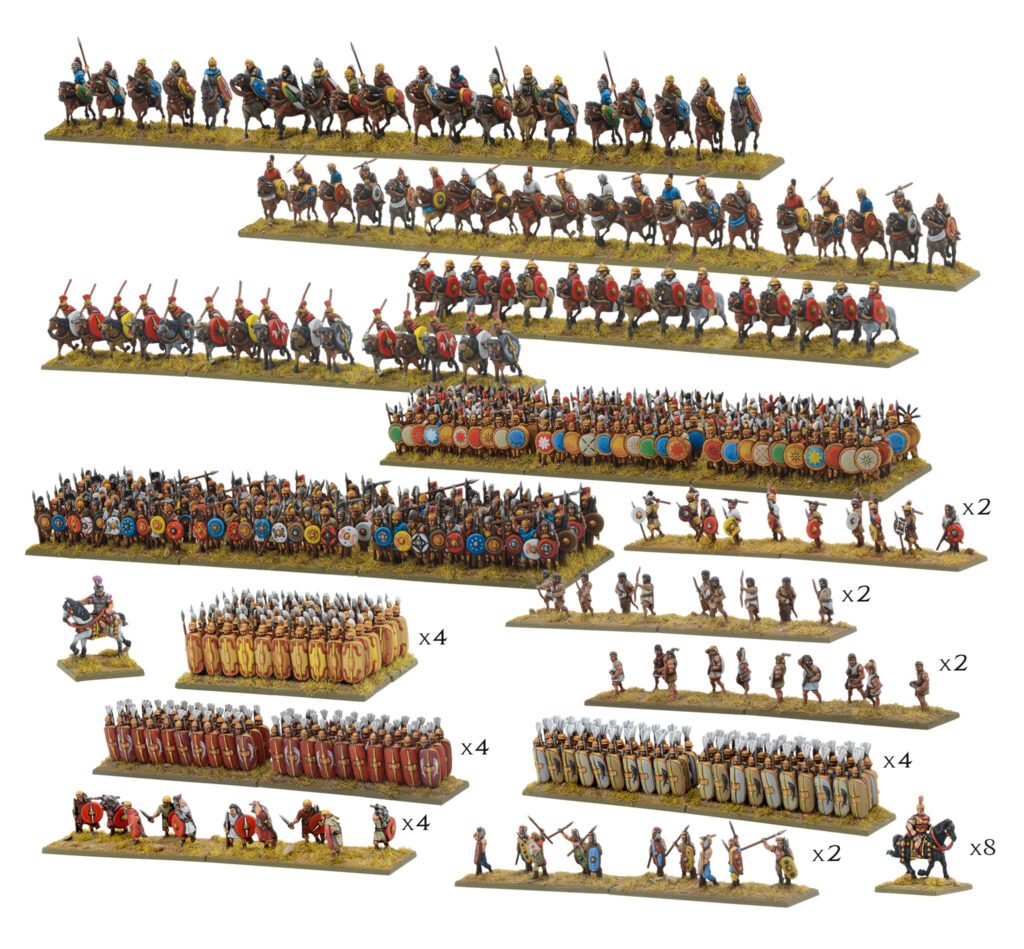
Hannibal Barca’s
Carthaginian Army
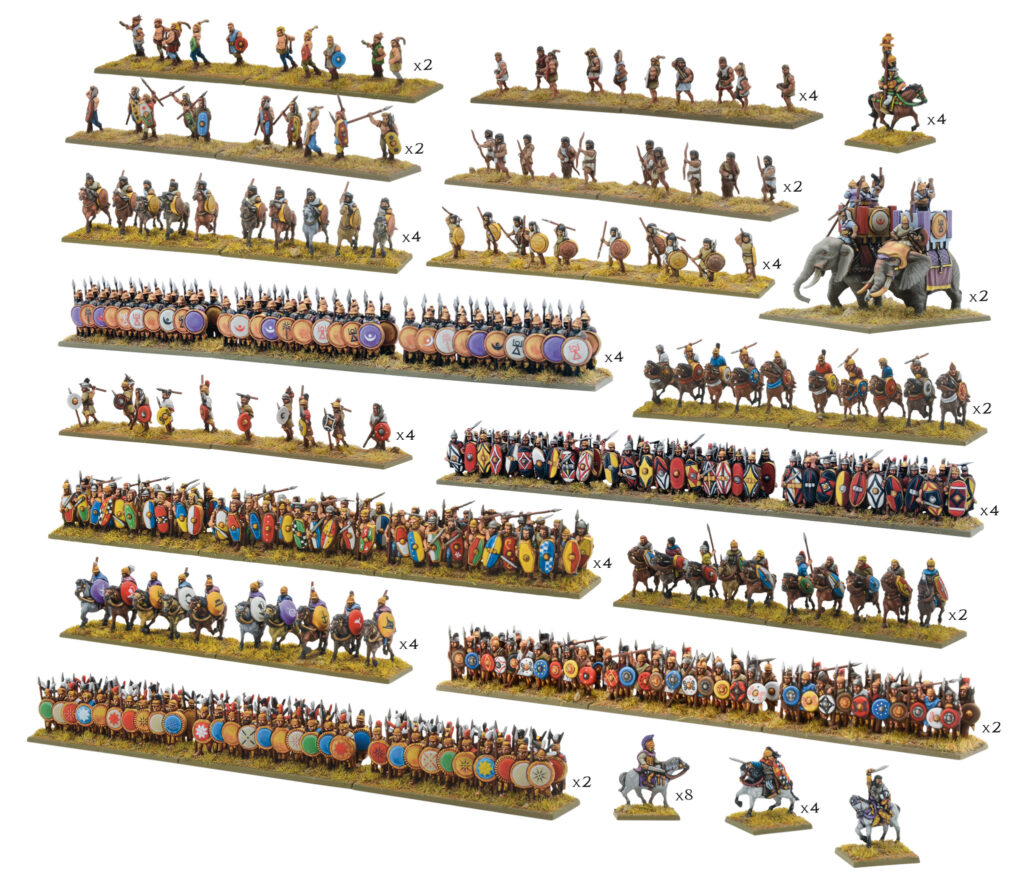
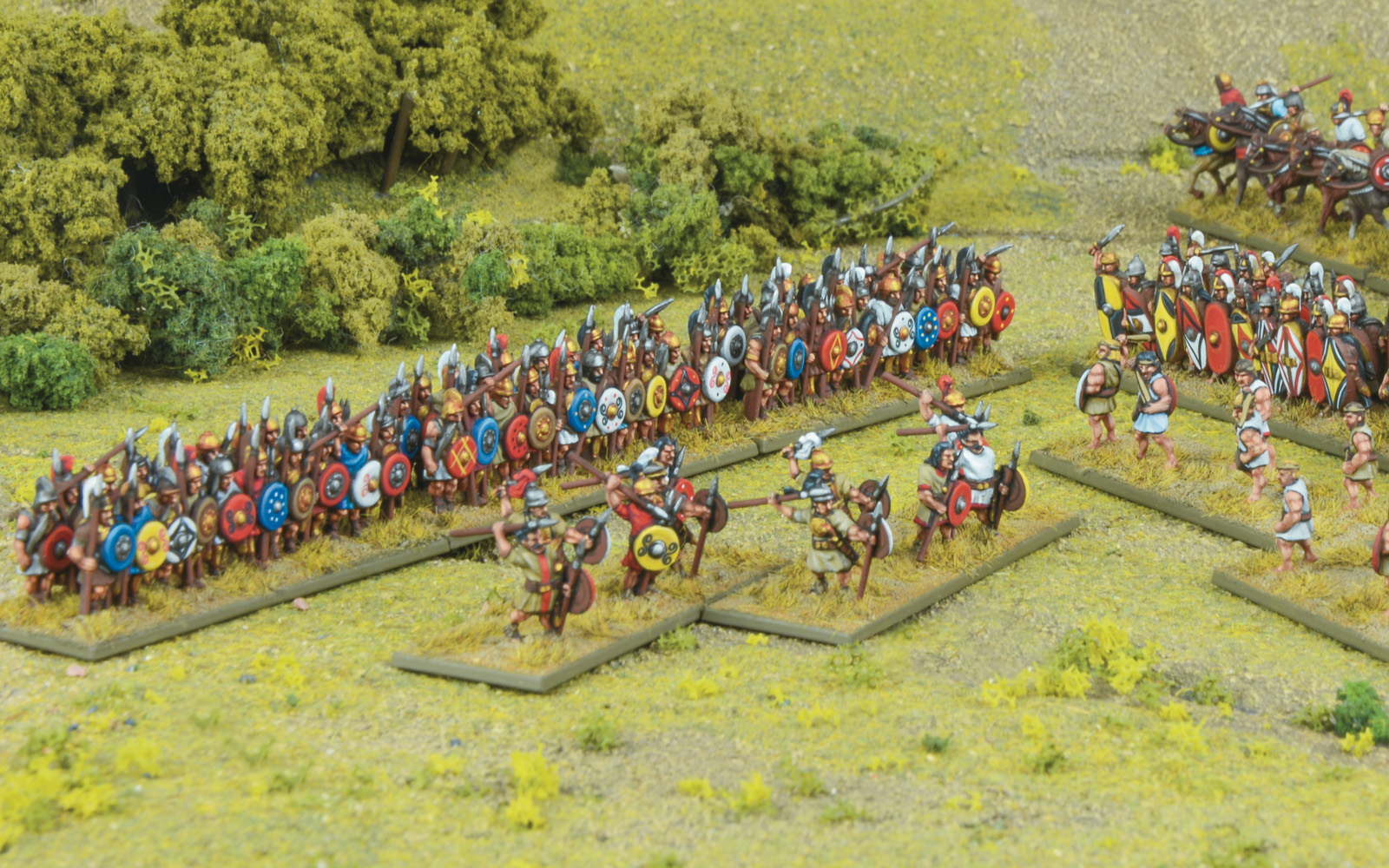
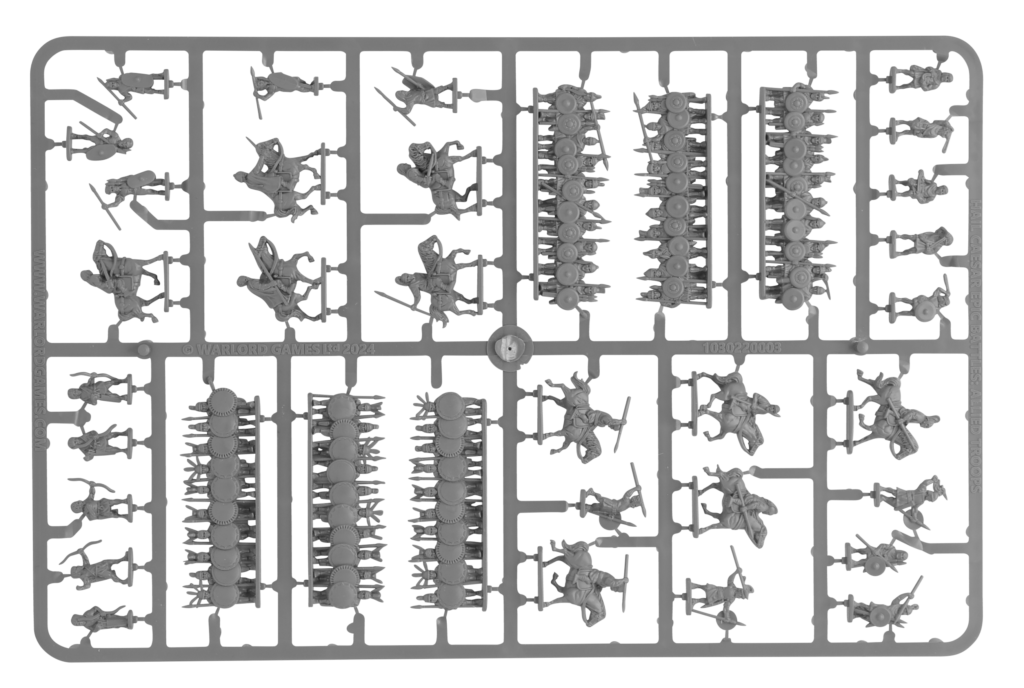








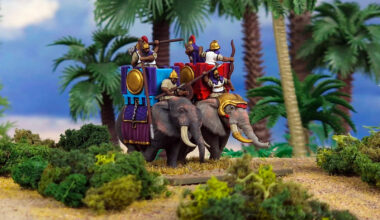
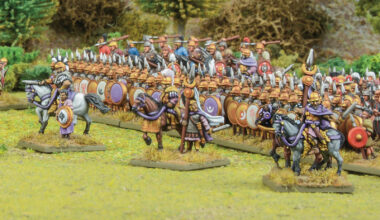
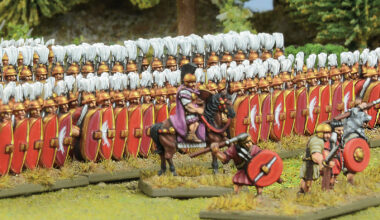
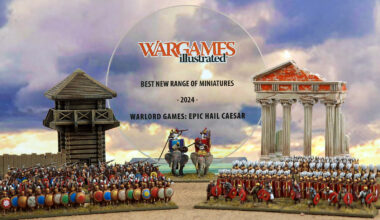
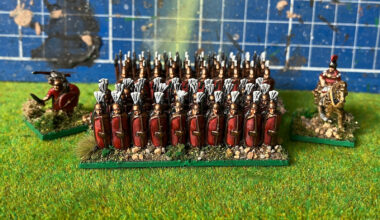
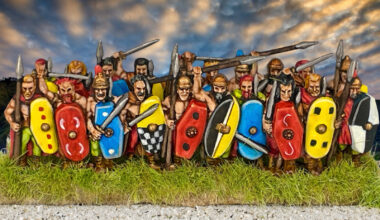
1 comment
Thanks for this – finding these articles very useful and informative! Please keep them coming…
Comments are closed.